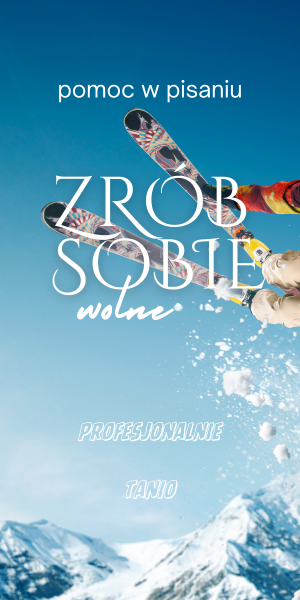You’ll find out from an article, what an abstract is, when and for what sort of text it’s used, which elements it include as well.
Abstract
Abstract is a short coverage of research results, described in details in scientific text. Full article is available mostly in different publication, book, magazine and etc. Abstract may be found before as well as after such scientific article. It may be used as an announcement of appearing a scientific text, which it concerns.
Abstract is a short description of scientific text, and an encouragement to read it. It should intrigue a reader, and particularly concern a content, connected to what’s included in article. It’s not identical to summary and you should not summarize a whole text. You should avoid a words used in summaries, such as: “described in the text”, “this job will include a” and etc. Instead of that, you should write: “analysis given” “studies attempt”, “aim of research was” and etc.
Abstract includes mostly from 150 to 600 words. It’s precise. Scientific language is used. Mostly it’s written impersonally, you may often use a first person of singular (e.g. in the abstract of paper).
Scheme
- Name and surname of scientific article author;
- Name of research unit;
- Title;
- Representation of scientific problem and job goal;
- Methodology;
- Description of research;
- Most important results;
- Conclusion of the examination;
- Keywords.
Example
Original text: http://www.qualitativesociologyreview.org









